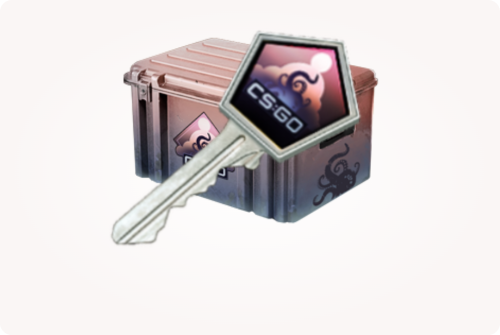How to Check and Manage Your Trade History in CS2
August 8, 2024 11:40 am
Trading is a vital part of Counter-Strike 2 (CS2). It allows players to exchange items, skins, and more. Keeping track of your trade history in CS2 can help you manage your inventory and ensure fair trades. In this article, we’ll explore how to check your trade history, why it’s important, and some tips for managing trades effectively.
Trade history records all the trades you’ve made. It includes details like items exchanged, trade partners, and dates. This information is crucial for tracking your trades and resolving any disputes.
- Verify Trades: Ensure that all trades are recorded correctly.
- Resolve Disputes: Use trade history to settle any disagreements.
- Track Inventory: Keep an eye on your items and their movements.

To check your trade history in CS2, follow these steps:
- Open Steam: Launch the Steam client on your computer.
- Go to Inventory: Click on your username and select ‘Inventory’.
- View Trade History: Click on ‘More’ and then ‘View Trade History’.
This will show you a detailed list of all your trades. You can see the items exchanged, the date of the trade, and the Steam ID of your trade partner.
- Regular Checks: Regularly check your trade history to ensure everything is in order.
- Screenshot Trades: Take screenshots of important trades for future reference.
- Be Cautious: Only trade with trusted users to avoid scams.
- Missing Trades: If a trade is missing, check your internet connection and Steam status.
- Disputes: Use your trade history to resolve any disputes with other players.
- Scams: Report any suspicious activity to Steam support.
The 7-day trade lock is a security feature in CS2. It prevents items from being traded immediately after a purchase. This helps reduce fraud and scams. While it can be inconvenient, it adds a layer of security to your trades.
- Plan Ahead: Be aware of the trade lock when planning trades.
- Communicate: Inform your trade partners about the lock.
- Patience: Wait for the trade lock to expire before completing trades.、
Trade history is more than just a record. It’s a tool that helps you manage your inventory, ensure fair trades, and resolve disputes. By regularly checking and managing your trade history, you can have a smoother trading experience in CS2.
- Organize Your Inventory: Keep your inventory organized to make tracking trades easier. Group similar items together and use tags or labels if possible.
- Use Third-Party Tools: There are several third-party tools available that can help you manage your trade history more effectively. These tools can provide additional insights and analytics.
- Stay Informed: Keep up-to-date with the latest updates and changes in CS2’s trading system. This will help you adapt to any new features or rules.
How to Protect Yourself from Scams
- Verify Trade Partners: Always verify the identity of your trade partners. Check their Steam profile for any red flags.
- Use Steam Guard: Enable Steam Guard for an extra layer of security. This will help protect your account from unauthorized access.
- Avoid Suspicious Links: Never click on suspicious links or download unknown files. These could be phishing attempts or malware.
Trade history in CS2 is an essential tool for every player. It helps you keep track of your trades, resolve disputes, and manage your inventory. By understanding how to check and manage your trade history, you can ensure a fair and enjoyable trading experience. Remember to be cautious, plan ahead, and use your trade history to your advantage. Happy trading!





















